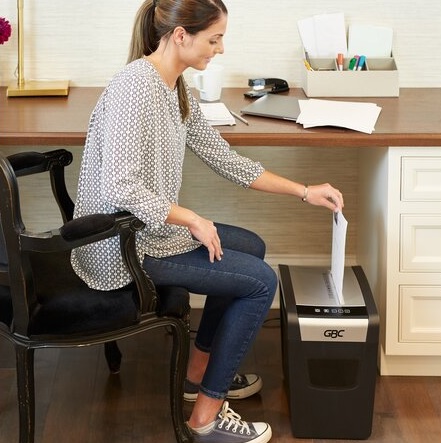Using a shredder is a simple and effective way to reduce the risk of identity theft. Shredding documents containing sensitive personal information before disposing of them makes it much harder for identity thieves to access that information.
Be sure to follow through. That is, put the shredder in a easily accessible place so you can use it regularly. And be sure it is plugged and at the ready. I am surprised at how many of my clients have a shredder, yet it is hidden away in a corner, often covered with stuff, turned off and inaccessible. I keep mine hidden inside a closet, yet sitting on a shelf at an easy accessible level.
 Documents that typically should be shredded include:
Documents that typically should be shredded include:
- Bank statements
- Credit card statements
- Receipts
- Utility bills
- Pre-approved credit card offers
- Old tax documents
- Pay stubs
- Any document containing personal information such as Social Security numbers, account numbers, or passwords.
While shredding alone isn’t a complete solution, it is a simple and effective habit to activate in your life. Other precautions such as safeguarding personal information online, using strong and unique passwords, monitoring financial accounts regularly, and being cautious with sharing personal information in person or online are also crucial for reducing the risk of identity theft.
 Documents that typically should be shredded include:
Documents that typically should be shredded include: